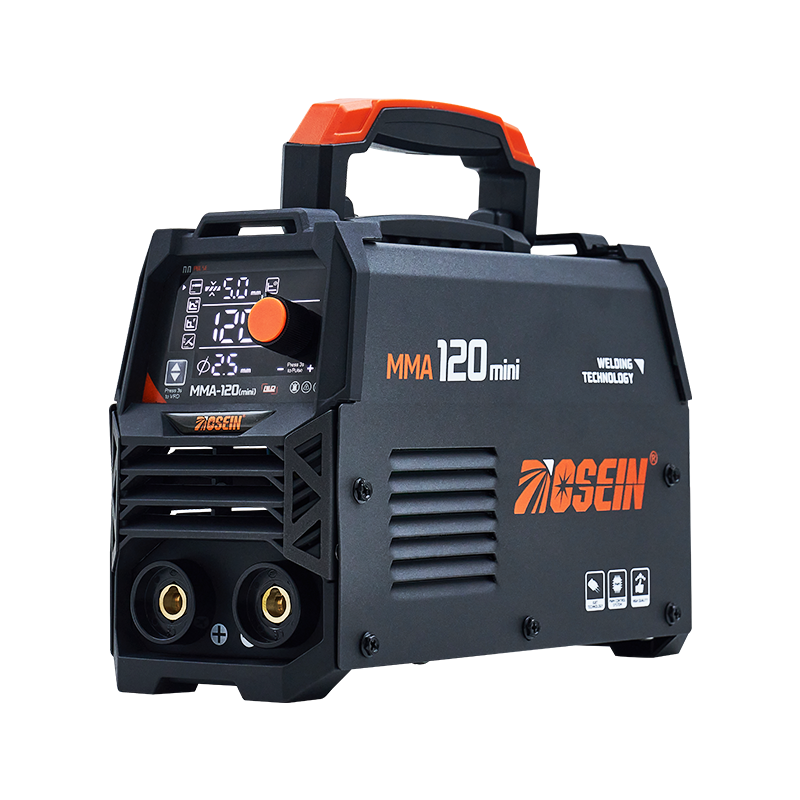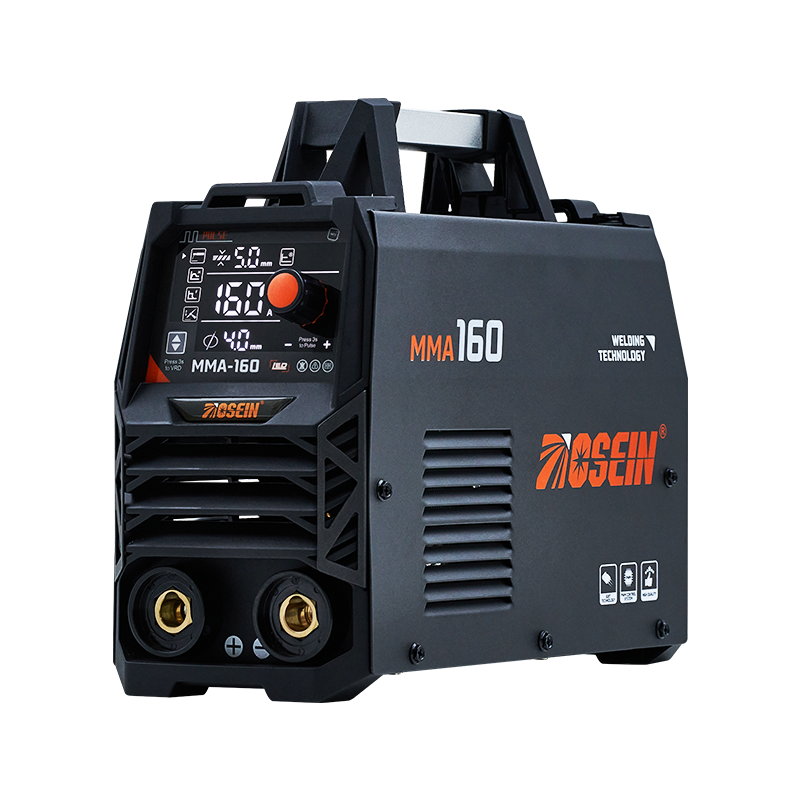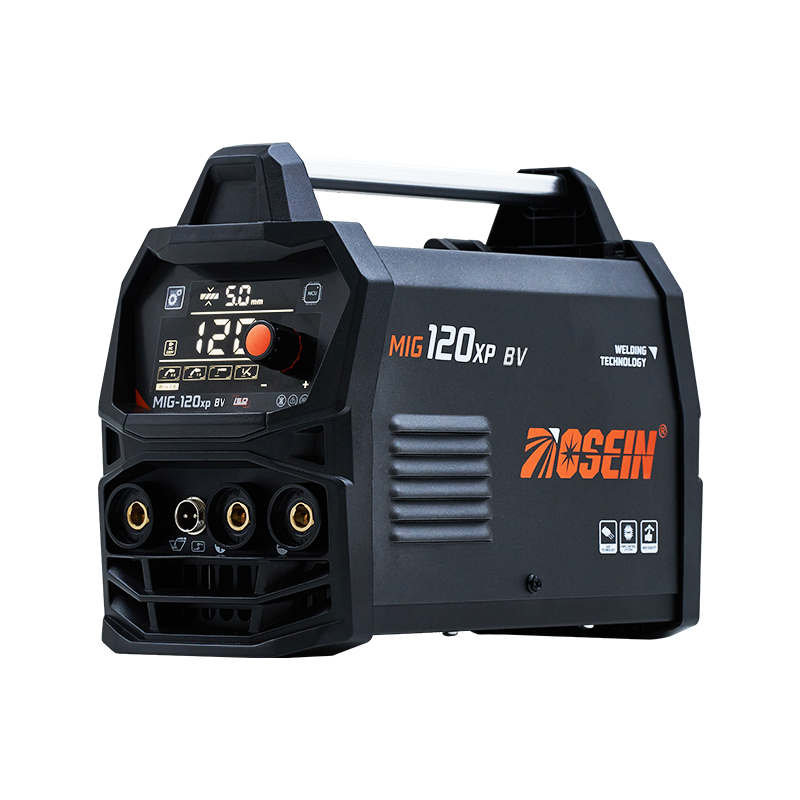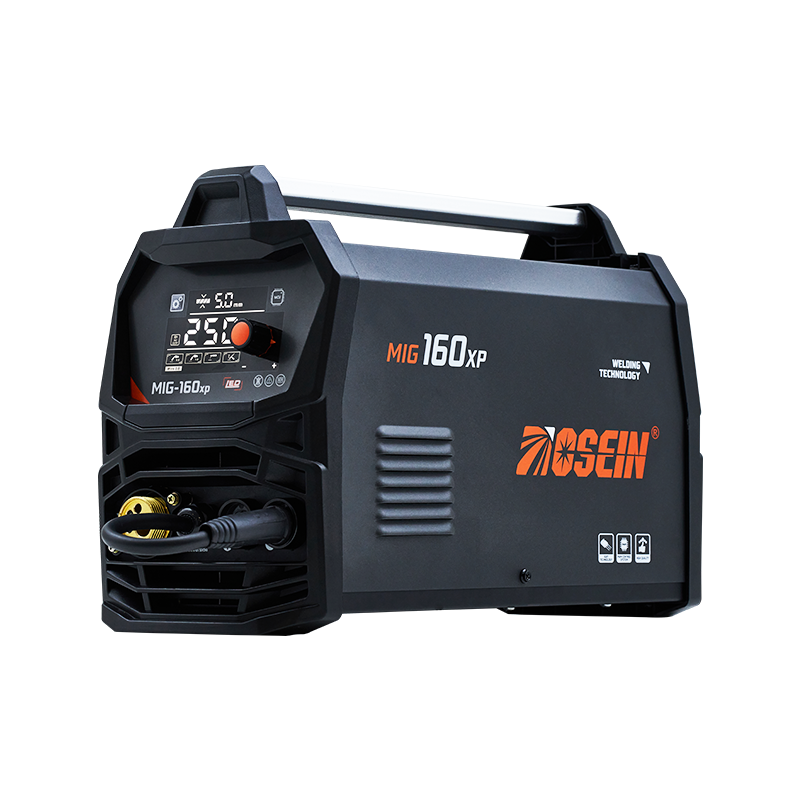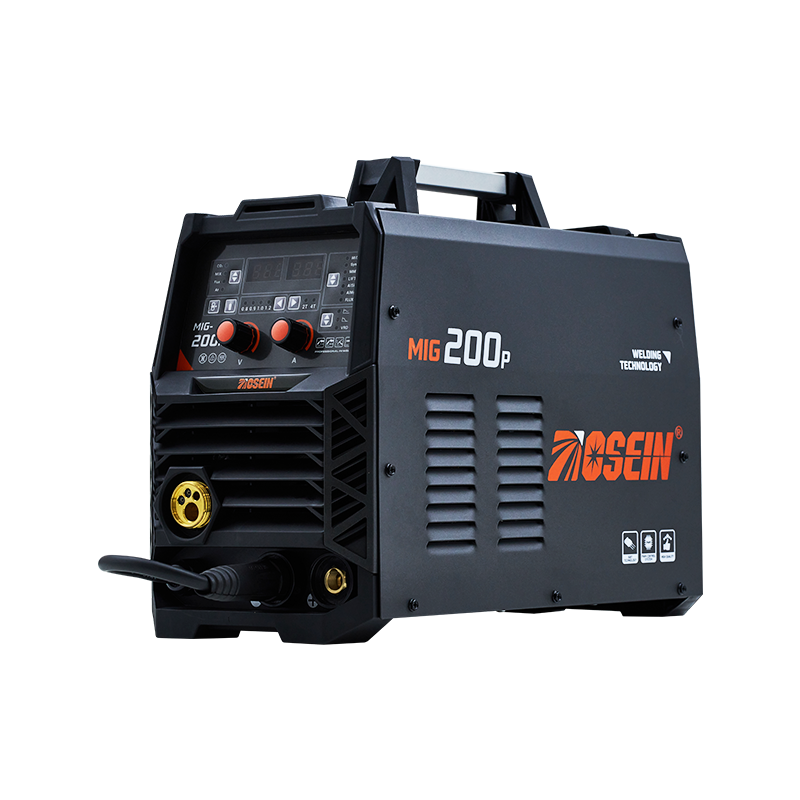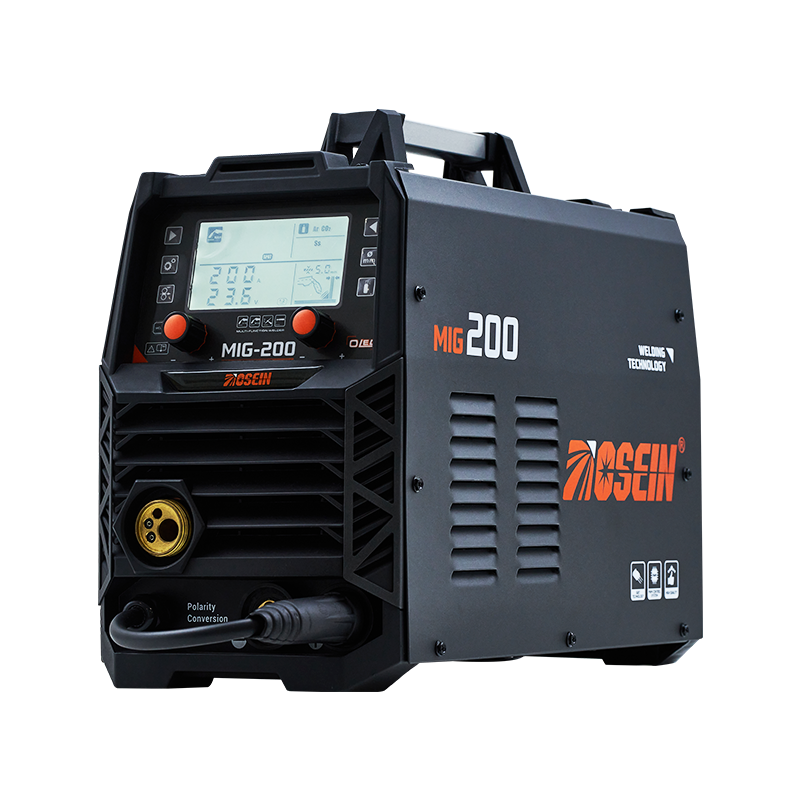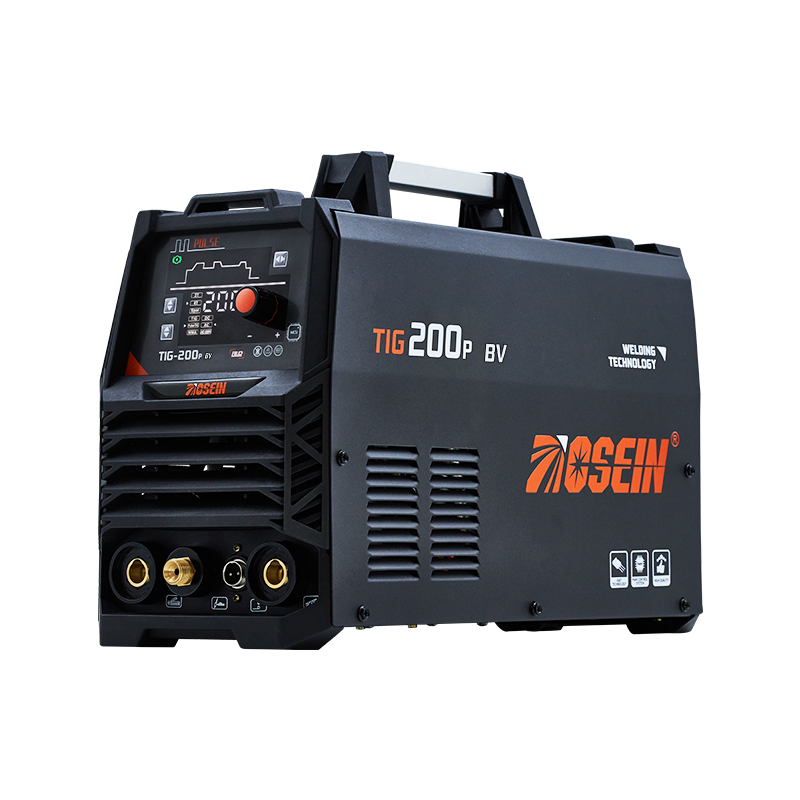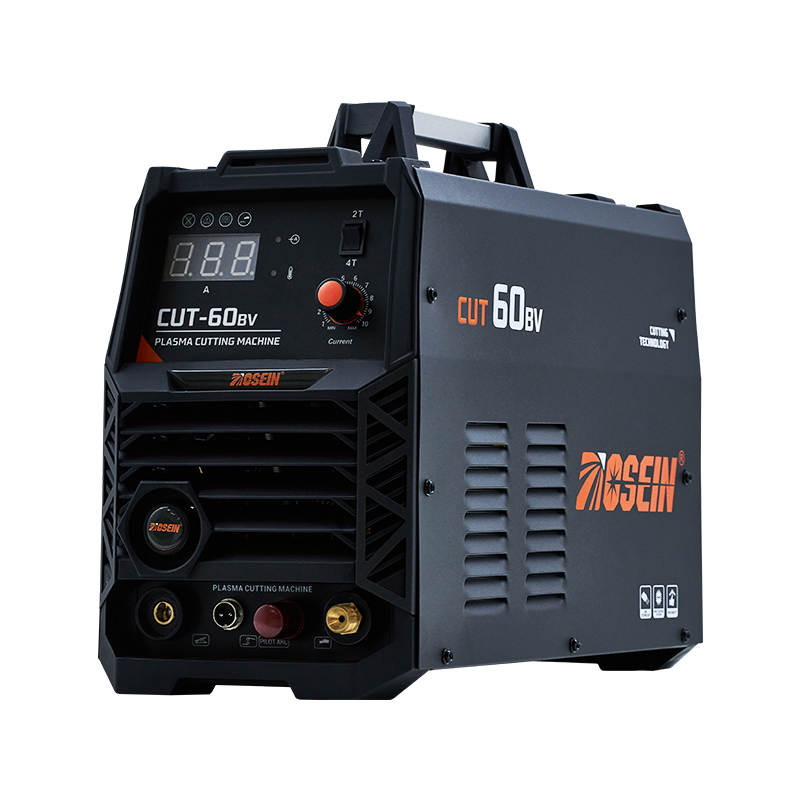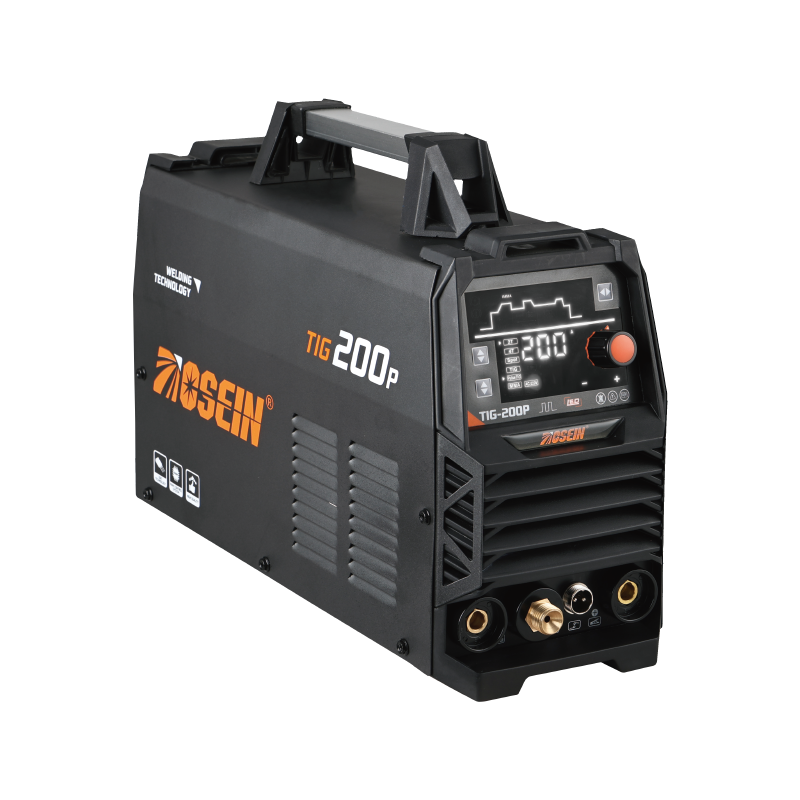
Modern welding technology has changed significantly with the introduction of inverter systems. Machines such as IGBT welders, IGBT inverter welders, and DC inverter ARC welders have made welding more efficient, safer, and easier to control. These improvements are not only beneficial for industrial applications but also for small workshops and maintenance operations.
Understanding Inverter-Based Welding Technology
Traditional welding machines rely on heavy transformers to convert electrical current. While effective, these older systems are bulky, consume more energy, and provide limited control over arc stability. Inverter technology replaces the transformer with electronic circuits that convert power more efficiently.
An IGBT welder (Insulated Gate Bipolar Transistor welder) uses semiconductor switches to control the electrical current rapidly. This design allows the welder to operate at higher frequencies, resulting in smoother and more stable arcs. Compared with conventional models, inverter-based systems can deliver the same power output in a lighter and more compact form.
The Role of IGBT Components in Power Control
At the heart of an IGBT inverter welder lies the IGBT module, a key component that manages voltage and current with precision. The high switching speed of these transistors ensures that the machine can respond quickly to changes in the welding arc. This responsiveness helps maintain consistent penetration and bead quality, even when working with varying material thicknesses.
Power control is one of the main reasons why professionals and hobbyists prefer inverter systems. They can adjust current levels with fine accuracy, allowing for cleaner welds and reduced metal distortion. The ability to fine-tune heat input is particularly useful for delicate work, such as thin-sheet welding or repair tasks that require precision rather than brute power.
Safety Enhancements in Inverter Welders
Inverter technology also enhances safety for operators. A DC inverter ARC welder, for example, produces a more stable DC output that reduces the risk of spatter and electrical surges. Many inverter-based machines come with built-in protection systems such as thermal overload shutdown, voltage fluctuation control, and automatic arc force adjustment.
These features not only protect the equipment but also reduce hazards like overheating or short circuits. Lightweight inverter welders are easier to transport and position safely, minimizing strain or injury during setup and operation. Furthermore, the smooth arc start provided by inverter circuits reduces sudden current spikes, making the welding process more predictable and safer.
Energy Efficiency and Portability
Beyond control and safety, inverter welders are also known for energy efficiency. An IGBT welder uses less power than a transformer-based unit while delivering the same performance level. This makes them ideal for both professional shops and fieldwork where power supply may be limited.
Their compact design and reduced weight make it easy to move equipment between worksites. For example, a portable DC inverter ARC welder can be used for outdoor repairs, fabrication, or construction tasks without sacrificing performance or stability. This flexibility improves workflow and convenience, especially in dynamic working environments.
The development of inverter-based welding machines—such as IGBT welders, IGBT inverter welders, and DC inverter ARC welders—has greatly improved power control, efficiency, and operator safety. Through precise current regulation and advanced protection systems, these welders provide reliable performance across a range of applications. Whether used in industrial manufacturing or personal workshops, inverter technology continues to make welding more controlled, energy-efficient, and safe for modern users.
